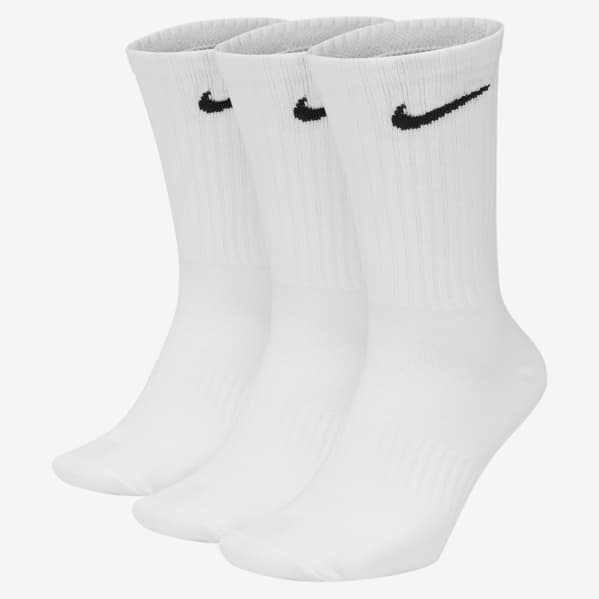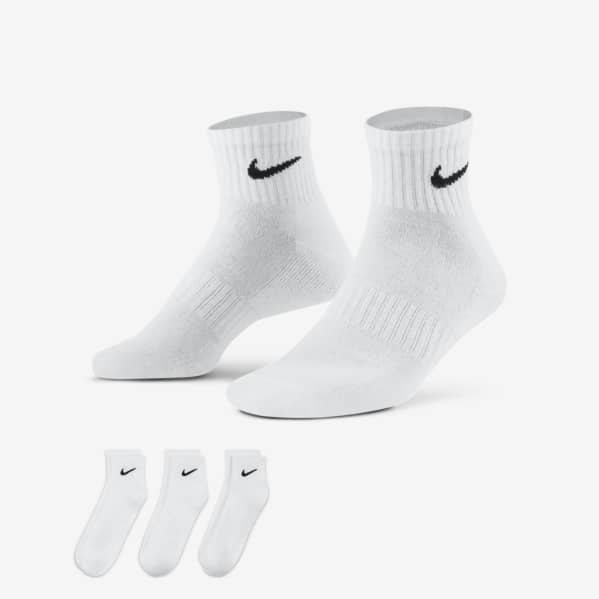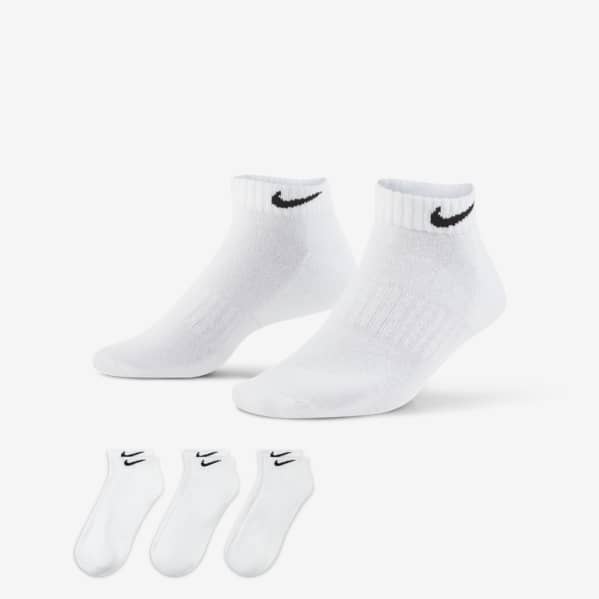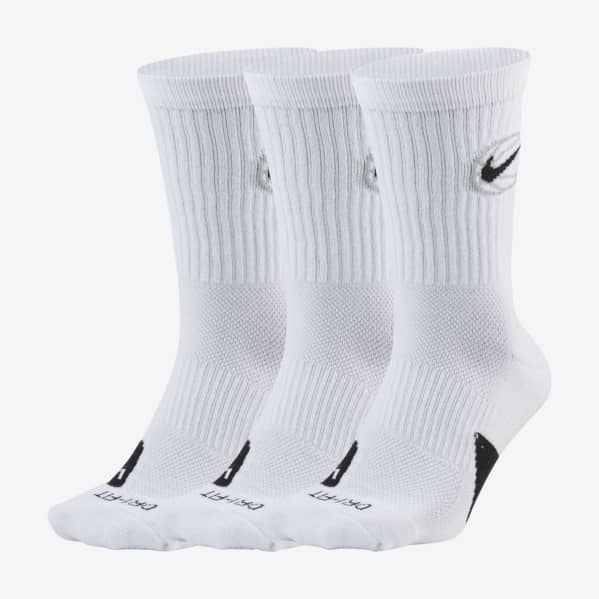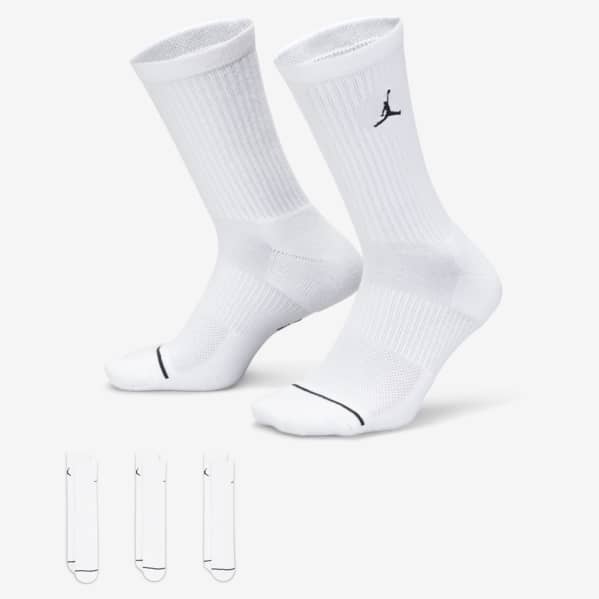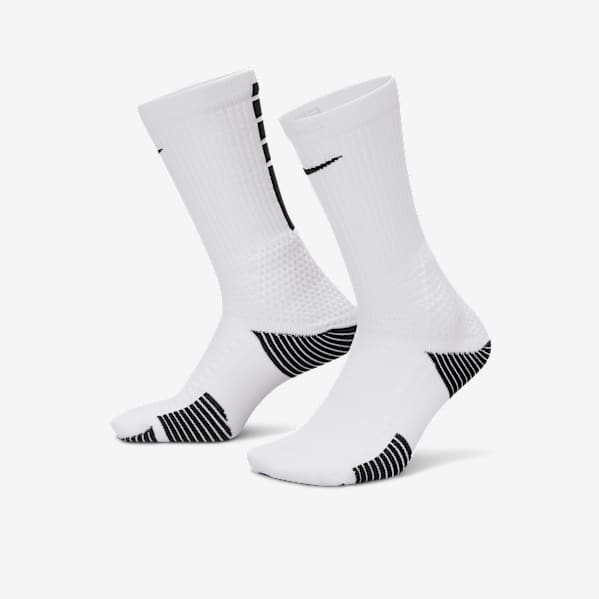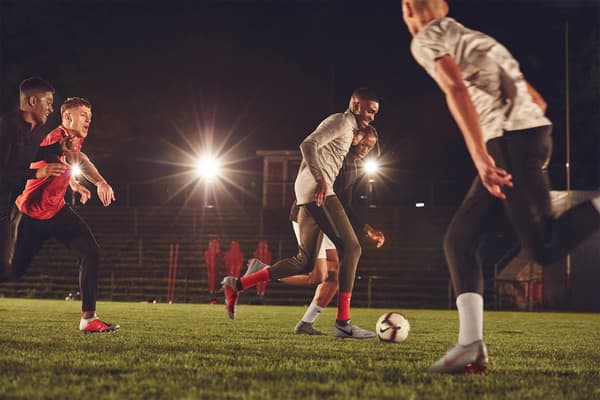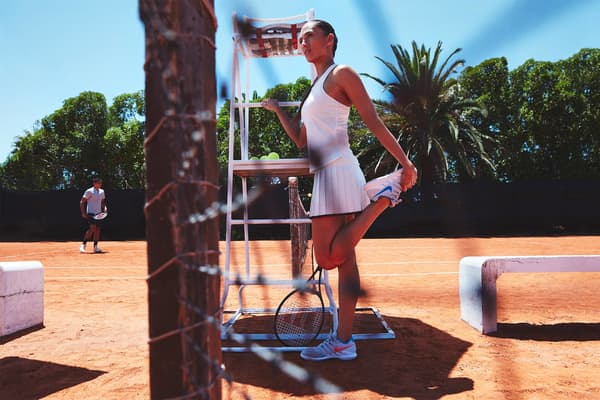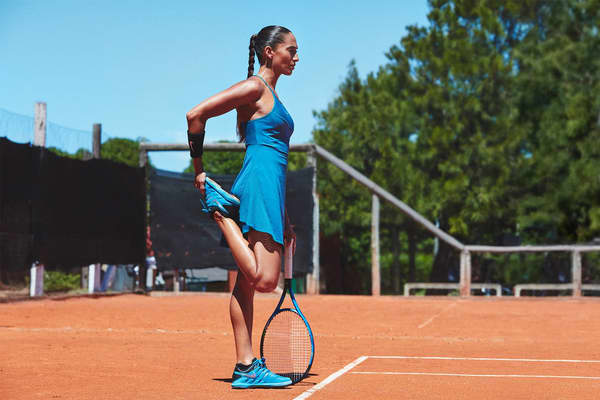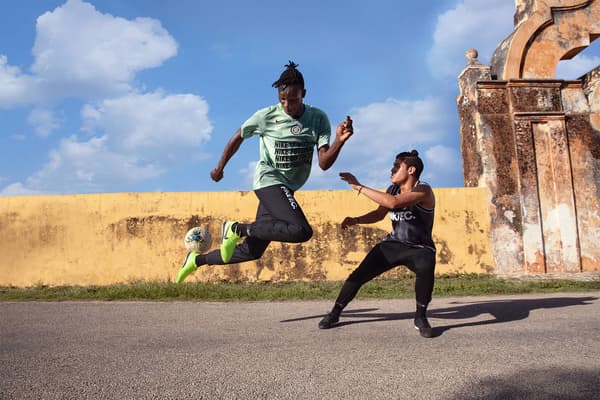How to Choose the Right Pair of Hiking Socks for You
Buying Guide
Here's what to look for in a pair of hiking socks, so you can trek on comfortably for miles.

It's generally accepted that the longer the hike to the summit, the better the views are from the peak. But nobody wants an upward trek that ends in painful blisters on your feet or has you endure wet socks from sweat or rain. That's why you need performance apparel to get the most out of your hike. With the right pair of hiking socks to wear under your hiking shoes or boots, you won't be distracted by the steps, but instead focused on the journey. Here's what to look for to stay blister-free and comfy.
What to Look for in a Pair of Hiking Socks
1.Material
Most hiking socks are made from fabric blends to achieve the best of both worlds. Some common materials you might see include:
- Cotton: Cotton is soft and provides next-to-skin comfort, but it also absorbs moisture. If you have sweaty feet, cotton socks can get soaked and lead to chafing and blisters.
- Wool: Wool socks are antimicrobial and temperature-regulating. That means they won't develop odours as quickly and will keep your feet at the optimal temperature. They're also moisture-wicking and quick-drying. You might see socks made from Smartwool or merino wool, materials which are soft and generally won't irritate your skin.
- Polyester: This synthetic material is durable, breathable, insulating, moisture-wicking and quick-drying. It's often blended with cotton or wool and nylon or elastane. Nike Dri-FIT fabric is a type of polyester that is especially adept at dispersing moisture for quick evaporation.
- Nylon: Nylon is often blended with other fabrics for durability.
- Elastane: Elastane is often added in small quantities to provide stretch and avoid bunching.
- Elastane: The lightweight material elastane is also used to make socks waterproof.
It's important to choose a pair of hiking socks that are appropriate for the weather, whether that's warm weather or cold weather. A thicker wool pair may be better for frosty days, while an ultralight pair made from synthetic fibres may keep you cooler on hot days. If you'll be hiking in the rain, you might opt for a pair of waterproof socks, and attach a pair of gaiters to your shoes to stay dry. Bear in mind some socks may be made from a combination of materials, such as a wool-synthetic blend.
2.Cushioning
Extra cushioning in your hiking socks can reduce pressure on your feet over long distances and keep you toasty warm in cold weather, but mountaineering or full cushion socks tend to be thicker and may cause you to sweat. Socks without cushioning are ideal for warm-weather days. Ultralight cushioned socks offer some cushioning around pressure points but are still more breathable than they are warm. And socks with medium cushioning are great for longer hikes in moderate weather. A hiker should look for socks made from wicking materials, regardless of weight for breathability.
The level of cushioning you need will depend on the length of your hike and the weather. Full-cushioned socks are especially important for multi-day hikes, while ultralight socks are essential for the stickiest days of summer. Decide if it's more important for your socks to keep you cool or to absorb impact, or try to strike a balance between warmth and breathability with a light- or medium-cushioning sock.3.Height and Fit
Hiking socks come in a few different heights:
- No-show socks are designed for low-cut shoes like trail running shoes. Wearing these with hiking boots could cause blisters.
- Ankle-height socks or micro-crew socks can be used with low or mid hiking shoes and will help protect from ankle chafing.
- Crew socks come up several inches above your ankle. You'll need a pair of these if you wear hiking boots, but they can also be used with low or mid shoes as long as it's not too hot outside.
- Knee-high socks or over-the-calf socks can protect your legs from abrasion, but they should be reserved for winter hikes.
Once you've chosen the right height for your socks, make sure you buy the right size. Use a size chart to convert your shoe size to the right sock size. If you don't know your shoe size, start by measuring your feet by stepping on a piece of paper, tracing the outline and measuring the longest distance between your big toe and ankle. Compare the result to a shoe size chart. Or, use the Nike App to determine your shoe size with your smartphone's camera.
Before you wear your hiking socks, check for that perfect foot-hugging fit. The heel of the sock should sit right on your heel instead of bunching around your ankle or sliding down your foot. The toe seams should lay flat instead of pinching or bunching. And the overall fit should be snug with some room for the socks to stretch out. Hiking socks that are too big or too small can rub you the wrong way and cause blisters.4.Construction Features
Some hiking socks are stitched to provide extra arch support. Other socks have a flat-knit toe seam to reduce the chances of chafing. Athletic toe socks are also an option to reduce friction between the toes during hikes. And multi-layer socks can be helpful for blister-prone feet. Pay attention to the features that are most important to you when selecting a pair of hiking socks.
5.Sustainability
Some hiking socks are made from recycled materials to reduce waste and carbon emissions. If you want to help preserve the beauty of the great outdoors, this might be an important feature for you to consider when choosing the right socks.
6.Style
Looking your best may not be the first thing that comes to mind when you're trekking or peak bagging, but it can be fun to choose a style of socks that allow you to express yourself. A pop of colour at the top of your hiking boot can go a long way in giving your outfit the vibe you're looking for. For example, look for socks in fun, fresh colours made from Nike's Dri-FIT fabric and breathable mesh to keep you cool and dry.
Frequently Asked Questions
What Is Different About Hiking Socks?
Regular cotton socks are fine for the office, but performance materials used in hiking socks are necessary to keep hikers cool and dry on a long trek. Hiking socks help regulate your body temperature, keep your feet dry and provide cushioning to prevent pressure points and blisters.
How Long Do Merino Wool Socks Last?
Merino wool socks tend to be less durable than synthetic polyester socks. Typically, hikers will need to replace them once per year with regular use. However, many merino wool socks use fabric blends to increase durability, and some merino wool socks come with a lifetime guarantee.
Are Sockliners Necessary for Hiking?
Liner socks were once a popular method of keeping your regular socks clean and dry, but most hiking socks these days are made from performance fabrics (such as synthetic materials or wool) that are sweat-wicking and quick-drying, so liner socks aren't necessary.
Should I Wear Compression Socks While Hiking?
Compression socks can be helpful to hikers, especially if your feet swell or your legs get tired after a long hike. While there's little evidence that compression socks can improve athletic performance or endurance, they can help with muscle soreness after exercise and speed up recovery times.
How Do You Prevent Blisters When Hiking?
First, make sure your shoes fit. There should be room in the toe box to wiggle and stretch and no rubbing or slipping around the heel. Next, choose socks that are moisture-wicking and cushioned or have a double-layer construction. If you notice hot spots anywhere on your feet, apply anti-blister treatments such as balms or blister pads and refrain from walking further than you need to.
